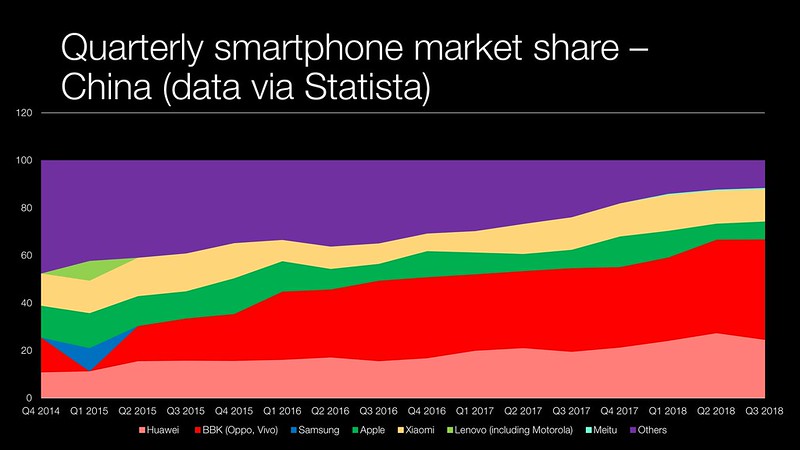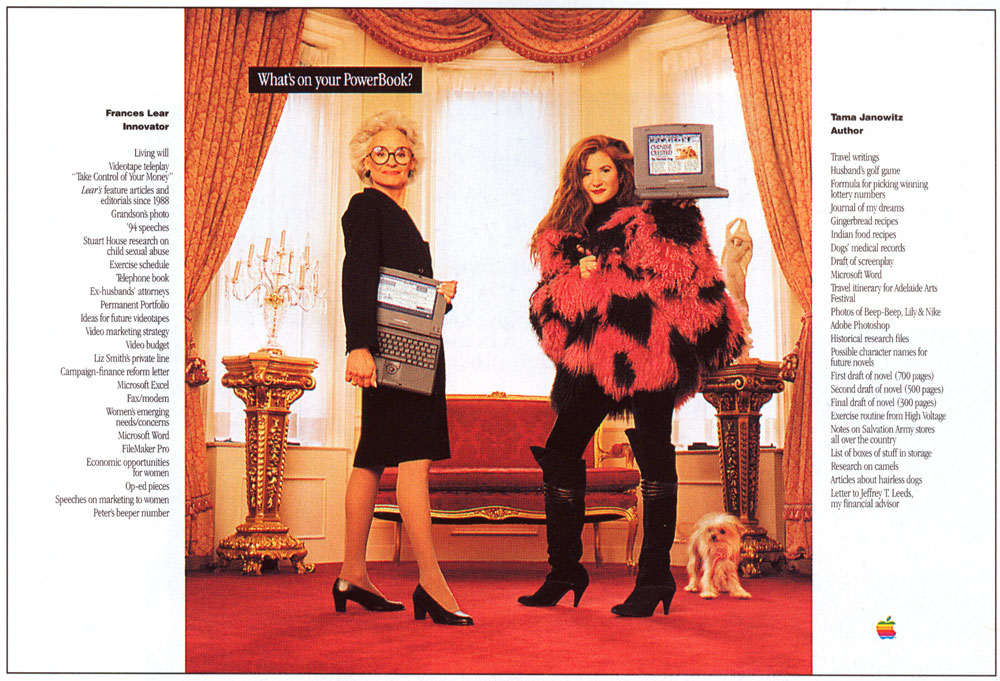100 spies will monitor all SMS and email that goes in and out of Norway | Nettavisen – original in Norwegian. 100 spies sounds like a small amount of people, but they are likely to supported by likes of machine learning technology to filter down the data further. It will be interested to see how these 100 spies will cope with increasing levels of encryption on messaging platforms and more. More content similar to this explanation of Norway’s 100 spies here.
Smart Speaker Market Takes Off in Holiday Quarter | Consumer Intelligence Research Partners – interesting that you’re starting to see multi-speaker households (1/3rd of US households who own a smart speaker device own more than one). I am still leery of them. (PDF)
Chinese Rap Queen Vava Fronts New Alexander Wang Campaign – China’s best female rapper. Most of her tracks sound like Korean R&B influenced pop music. Her ‘My New Swag’ takes things in a different direction and is her best track to date
Loop – Launching 2019 – is it just me or is recycling a trojan horse to try and break Amazon’s rampage into FMCG?
A Trip Behind The Spectacle At Davos | Palladium Magazine – If I could ask Schwab a single question, it would be this: if you knew in 1971 that the WEF would eventually be occupied by hordes of low-rent blockchain grifters, would you just fold up the whole thing? The blockchain community, though it contains a few interesting projects, is dominated by obvious scams, and so received an appropriate amount of contempt from traditional finance at Davos, whose scams are much more subtle and institutionalized.
Bits: The Week in Tech: Bracing for the Year of the Pig in China | NYTimes.com – In a speech at the World Economic Forum in Davos, Switzerland, the billionaire investor George Soros labeled President Xi the world’s “most dangerous opponent of open societies,” warning of the “mortal danger” in China’s use of artificial intelligence to repress its people. (Paywall)
$50 for a Rimowa Look-a-Like: Innovation or Infringement? | BoF – interesting that the Made In China aspect of luxury brand products is now being used against them by Chinese companies. Also increasing pride in Made In China
Operating system loyalty hits all time high | Consumer Intelligence Research Partners – mobile OS seems to be cemented into solid markets now(PDF)
How Sneaker Bots Ruined Buying Shoes | Complex – this feels like peak streetwear
People. Places. Things. — Your community in your pocket. – I first heard about this and thought about he locative art in William Gibson’s later books. Then I looked at the site and was reminded of the overload of ads in Altered Carbon but with less art and aplomb. This looks hellish, I am sure the concept, if not the start-up, will be very successful eventually
Hulu announces a new ad unit that appears when you pause | TechCrunch – playing an ad just as you decide to got to the bathroom, answer the door for the pizza delivery guy or go and make a cup of tea – I do wonder about the efficiency and effectiveness of this ad unit. Is a view still a view if it plays whilst you walk away from it?
WSJ: Apple Should Make The Chinese Version of iPhone – probably makes sense if it were an international device. I know that there is already a grey market for people interested in the dual SIM iPhone, the problem is verifying that the device isn’t shanzhai
Champion athletic wear is getting its inevitable nostalgic streetwear moment | Quartz – Quartz is a bit behind on this and may just be marking the peak of the Champion wave rather than the start of it
Worldwide threat assessment of the US intelligence community by Daniel R Coates, director of national intelligence – interesting reading, particularly when you notice the cognitive dissonance between US foreign policy and this clear eyed assessment. Secondly the section on China is really good (PDF)
What marketing trends will shape China in 2019? | The Drum – interesting how programmatic shops think that 5G will instantly boost their businesses. I am not convinced
Ultraviolet Shuts Down: Cloud Locker Closes This Summer – Variety – which is a good example why cloud services and media aren’t a great idea
`The Internet Is The Great Equalizer’ – Bloomberg – 20 years later we now know that it isn’t
Engage With Apple to Engage With Patients | Forrester Research – probably an overly optimistic piece by Forrester but interesting reading
Alibaba Group Announces December Quarter 2018 Results | Business Wire – slowing growth overall, but fast growth in cloud services and a more bearish view Deep Throat: Alibaba Q3 Earnings Call
Everything you need to know about Apple’s Q2 19 results | Computerworld – “We’ve said several times that the upgrades for the quarter were less than we anticipated due to the reasons we mentioned. Where it goes in the future, I don’t know. I’m convinced making a great product that’s high quality is best for the consumer.”
WSJ City | Apple bug enables eavesdropping on FaceTime users – surprised that this didn’t come out in testing
My Aramco Childhood | Slate – great tale of a third culture kid
Zendesk Alternative – enterprise software company Zendesk punked competitor SEO tactics by forming an inhouse band. Brilliant idea
Nike Replaces Under Armour as MLB’s Uniform Provider | HYPEBEAST – Starting in 2020, Nike will be the official uniform provider for the MLB, NBA and NFL. Total lock out in competition with adidas, Reebok and Under Armour
We analyzed 16,625 papers to figure out where AI is headed next – MIT Technology Review – deep learning seems to have hit a peak

